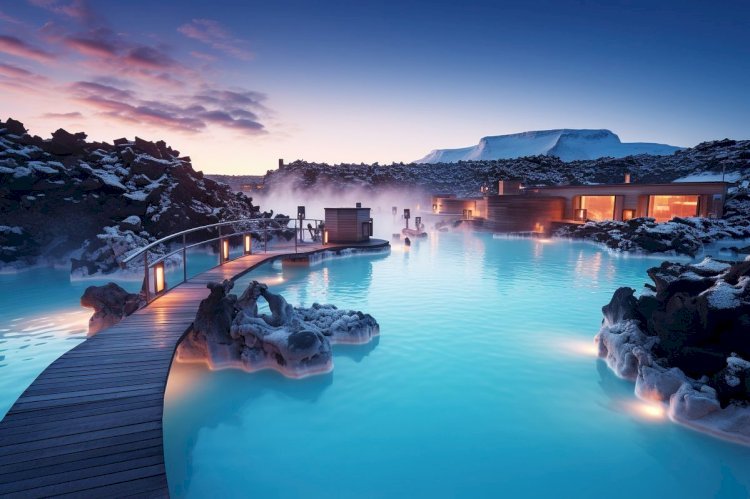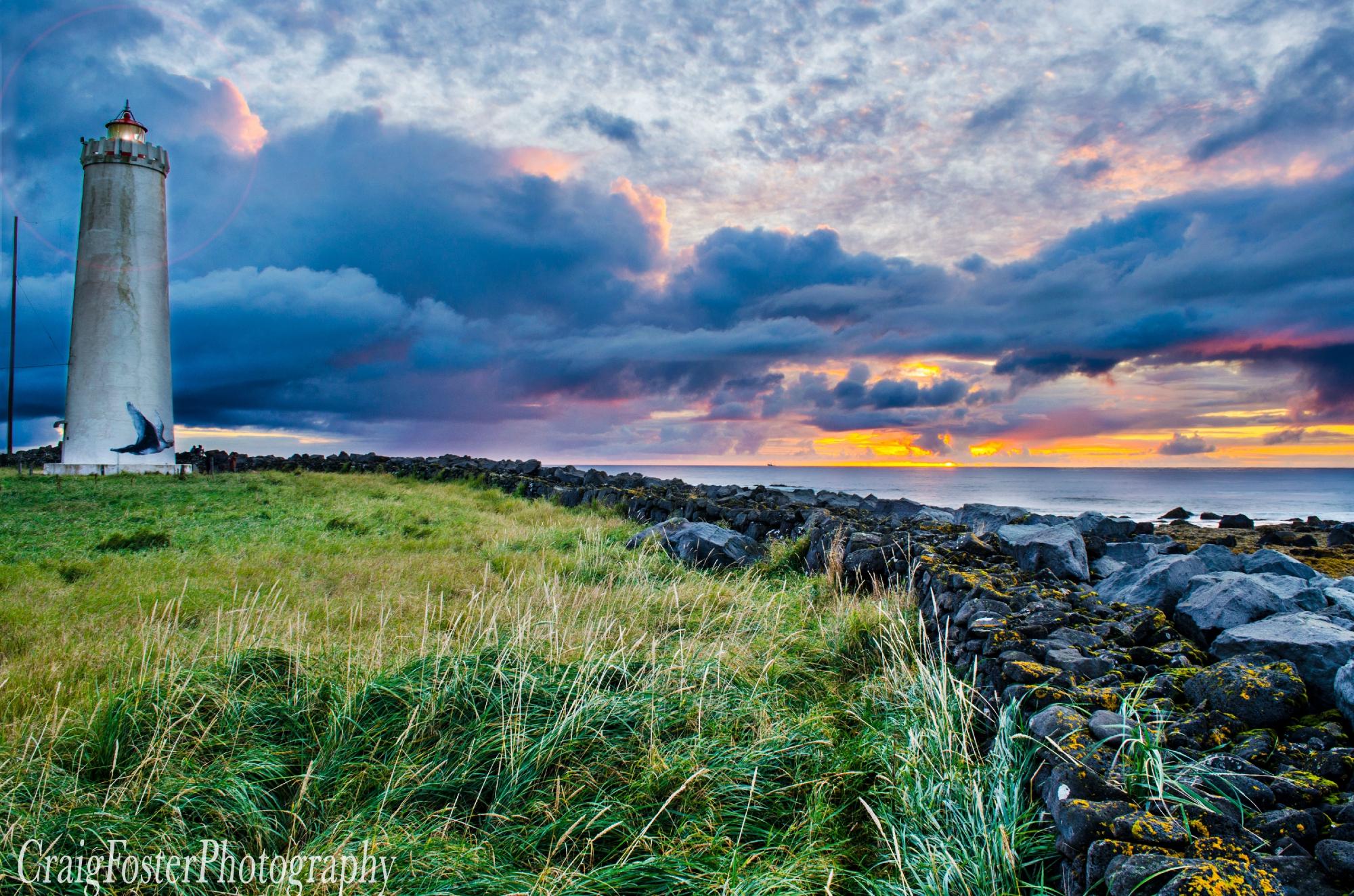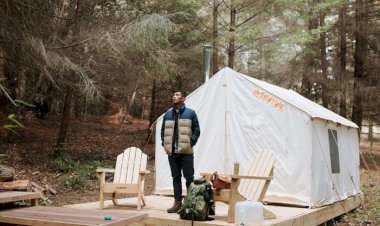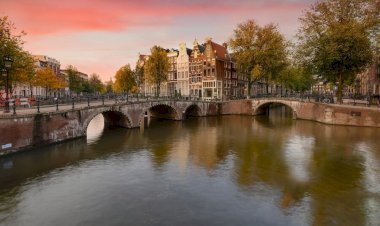15 Best Things to Do in Reykjavík, Iceland (2025 Guide)
Discover the 15 best things to do in Reykjavík, Iceland — from Hallgrímskirkja & Harpa to puffins, whale watching, lagoons & Northern Lights.

Reykjavík, the northernmost capital in the world, may be small compared to other cities, but it bursts with history, creativity, and natural wonders. Surrounded by the Atlantic Ocean and framed by snowy mountains, the city blends Viking heritage, colorful architecture, and modern Nordic design with a lively food scene and easy access to nature.
If you’re planning a trip, you’re probably asking: What to do in Reykjavík, Iceland? Below are 15 unforgettable attractions and activities — complete with insider tips, cultural context, and seasonal advice — to make your visit both memorable and meaningful.
1. Hallgrímskirkja Church

Image source: tripadvisor.com
Why Visit
Standing 74.5 meters (244 feet) tall, Hallgrímskirkja is Reykjavík’s tallest building and most iconic landmark. Completed in 1986 after 41 years of construction, it was named after poet Hallgrímur Pétursson. The design by Guðjón Samúelsson was inspired by Iceland’s basalt lava columns, making the church a national symbol of both faith and geology.
What to Do
Take the elevator up to the observation deck for sweeping 360° views of Reykjavík, the ocean, and Mount Esja. Inside, marvel at the colossal 5,275-pipe organ, famous for its deep, resonant tones. If your timing is right, attend a concert — the acoustics are breathtaking.
Best Time to Visit
Year-round. Sunrises in winter and long golden evenings in summer provide magical lighting for photography.
Insider Tip
Arrive early in the morning for the best light and minimal crowds. If you’re visiting during Advent or Christmas, check out the seasonal concerts — they’re a true cultural highlight.
2. Harpa Concert Hall

Image source: tripadvisor.com
Why Visit
Harpa is Reykjavík’s dazzling cultural hub. Opened in 2011, the honeycomb glass façade was designed by Danish firm Henning Larsen Architects with Icelandic-Danish artist Ólafur Elíasson. The building symbolizes Reykjavík’s modern spirit and has won multiple international design awards.
What to Do
Explore the glass atrium (free to enter) and see how the geometric windows capture and reflect Iceland’s shifting light. Guided tours reveal the design secrets and concert hall acoustics. Harpa is also home to the Icelandic Symphony Orchestra and hosts world-class events like the Iceland Airwaves music festival.
Best Time to Visit
Year-round, but winter evenings are especially dramatic when the building glows against the dark sky.
Insider Tip
Even if you don’t attend a performance, visit at night when Harpa lights up with vibrant LED patterns. It’s one of the most Instagram-worthy spots in the city.
3. Sun Voyager (Sólfar) Sculpture

Image source: tripadvisor.com
Why Visit
Created by Jón Gunnar Árnason in 1990, this gleaming steel sculpture resembles a Viking ship but was actually meant as a dreamboat — a symbol of hope, progress, and freedom.
What to Do
Walk along the waterfront and capture striking photos with Mount Esja in the distance. Many visitors linger here to enjoy the serenity of the bay.
Best Time to Visit
Sunset is ideal for golden light reflections, while in winter the sculpture sometimes appears silhouetted against the Northern Lights.
Insider Tip
The wind by the bay can be fierce — dress warmly, even in summer.
4. Perlan – Wonders of Iceland

Image source: tripadvisor.com
Why Visit
Once Reykjavík’s hot water tanks, Perlan is now a futuristic dome combining science, nature, and art. Its glass roof and viewing platform offer some of the city’s best views.
What to Do
Walk through a 100-meter-long indoor ice cave built from 350 tons of real snow, explore interactive nature exhibits, and watch Áróra, a stunning planetarium film about the Northern Lights. Don’t miss the observation deck for panoramic views of Reykjavík, Faxaflói Bay, and Snæfellsjökull glacier on a clear day.
Best Time to Visit
Open all year. Sunset visits offer the most dramatic photography.
Insider Tip
If the skies are cloudy, the planetarium’s Aurora show is a fantastic alternative to chasing the Northern Lights.
5. National Museum of Iceland

Image source: tripadvisor.com
Why Visit
Founded in 1863, this museum is Iceland’s most comprehensive cultural collection, tracing the nation’s history from the first Viking settlers to the present day.
What to Do
View Viking artifacts such as weapons, jewelry, and ship models, as well as medieval Christian carvings and traditional Icelandic costumes. Modern exhibits include multimedia displays that bring Iceland’s story to life.
Best Time to Visit
Perfect year-round, but especially on rainy or windy days.
Insider Tip
Plan at least two to three hours. Many visitors underestimate its size — it’s a treasure trove of Icelandic history.
6. Reykjavík Art Museum

Image source: tripadvisor.com
Why Visit
Iceland’s largest art institution, Reykjavík Art Museum spans three locations with diverse collections.
What to Do
-
Hafnarhús: cutting-edge contemporary art exhibitions.
-
Kjarvalsstaðir: works by Jóhannes Kjarval, one of Iceland’s most famous painters.
-
Ásmundarsafn: sculpture museum and garden dedicated to artist Ásmundur Sveinsson.
Best Time to Visit
Open year-round, but the sculpture gardens are best enjoyed in summer.
Insider Tip
A single ticket grants entry to all three venues, making it easy to experience the full spectrum of Icelandic art.
7. Árbær Open Air Museum

Image source: tripadvisor.com
Why Visit
Located on the outskirts of the city, Árbær is a living history museum where turf houses, costumed guides, and farm animals recreate Reykjavík’s past.
What to Do
Wander among traditional homes, workshops, and churches, join guided tours, and experience hands-on demonstrations of old Icelandic crafts. Families especially love the interactive farm animals and seasonal festivals.
Best Time to Visit
Summer is best for full programs and outdoor activities. Winter weekends offer a quieter, cozy atmosphere.
Insider Tip
Bring children along — they’ll love seeing Iceland’s history come to life.
8. Laugavegur Shopping Street

Image source: tripadvisor.com
Why Visit
Reykjavík’s beating heart, Laugavegur is lined with boutiques, design shops, and buzzing cafés.
What to Do
Shop for authentic Icelandic wool sweaters (lopapeysa), admire colorful street art, and sample coffee at cozy cafés. At night, the street transforms into one of Reykjavík’s liveliest nightlife hubs.
Best Time to Visit
Any time of year. Summer evenings bring a festival-like atmosphere thanks to the midnight sun.
Insider Tip
Explore side streets like Skólavörðustígur — Rainbow Street — for vibrant photos and unique shops.
9. Reykjavík’s Geothermal Pools

Image source: tripadvisor.com
Why Visit
Hot pools are central to Icelandic culture, serving as both a social hub and a wellness ritual.
What to Do
Visit Laugardalslaug, Reykjavík’s largest pool with slides and saunas, or head to neighborhood pools like Vesturbæjarlaug for a more local vibe.
Best Time to Visit
Open all year, but winter nights are magical with steam rising in the frosty air.
Insider Tip
Showering naked before entering is strictly required — it’s a cultural norm, not just a rule.
Read Also: Top Things to Do in Lyme Regis, Dorset - Explore Attractions & Activities
10. Reykjavík Food & Craft Beer Scene

Image source: tripadvisor.com
Why Visit
Reykjavík’s food culture blends traditional Icelandic flavors with global innovation.
What to Do
Try local dishes such as lamb, seafood stew, and skyr yogurt, or indulge in Reykjavík’s most famous hot dog at Bæjarins Beztu Pylsur. The craft beer scene is booming, with microbreweries offering tours and tastings.
Best Time to Visit
Year-round. Winter dining feels warm and intimate, while summer brings outdoor food festivals.
Insider Tip
Use the “Appy Hour” app to find happy-hour drink deals across town.
11. Grótta Lighthouse

Image source: tripadvisor.com
Why Visit
Situated on the Seltjarnarnes Peninsula, Grótta Lighthouse offers peace, stunning sunsets, and wildlife encounters.
What to Do
Walk the tidal causeway, watch seabirds, and enjoy unobstructed ocean views. In winter, it’s a prime spot for Northern Lights watching.
Best Time to Visit
Sunsets in summer, auroras in winter.
Insider Tip
Check tide tables carefully, as the path floods at high tide.
12. Whale Watching Tours

Image source: tripadvisor.com
Why Visit
Few capitals in the world offer whale watching directly from the city harbor, but Reykjavík does.
What to Do
Take a boat from the Old Harbour to spot minke whales, humpbacks, dolphins, and seabirds. Tours run year-round, and some even combine whale watching with puffin spotting.
Best Time to Visit
April through October provides the best chances of sightings.
Insider Tip
Boats provide warm overalls, but wear layers underneath for maximum comfort.
13. Puffin Watching

Image source: tripadvisor.com
Every summer, thousands of puffins nest on islands near Reykjavík, delighting visitors with their colorful beaks and comical flights.
What to Do
Join a boat tour to Akurey or Lundey for close-up puffin encounters. Bring binoculars for the best views.
Best Time to Visit
May to August, with peak activity in June and July.
Insider Tip
Land access is restricted to protect nesting birds, so the best puffin watching is always from the sea.
14. Northern Lights Tours

Image source: tripadvisor.com
Why Visit
The Aurora Borealis is one of nature’s most awe-inspiring sights, and Reykjavík makes an excellent base for guided tours.
What to Do
Head outside the city with an experienced guide to dark, rural areas where the aurora is strongest. Use apps to track forecasts for real-time updates.
Best Time to Visit
September to April, especially October through March when nights are longest.
Insider Tip
Bring a tripod and use a long-exposure camera setting for stunning photos.
15. Blue Lagoon or Sky Lagoon

Image source: tripadvisor.com
Why Visit
Iceland’s geothermal spas are world-famous, and these two are the most popular choices near Reykjavík.
What to Do
The Blue Lagoon, located near the airport, offers milky-blue waters rich in minerals. Sky Lagoon, just minutes from the city, features an infinity-edge pool with panoramic ocean views and a seven-step wellness ritual.
Best Time to Visit
Open year-round, but winter evenings create an especially atmospheric experience.
Insider Tip
Book tickets well in advance — both lagoons often sell out.
Suggested 3-Day Reykjavík Itinerary

Image source: tripadvisor.com
Day 1 – City Highlights
Morning
Start your trip with Reykjavík’s most iconic landmark, Hallgrímskirkja Church, and ride to the top for city views. From there, walk down Skólavörðustígur (Rainbow Street), lined with colorful houses, cafés, and shops.
Afternoon
Head toward Harpa Concert Hall and the Sun Voyager sculpture along the waterfront. Stop at a local café or food hall for lunch before continuing to Tjörnin Lake and Reykjavík City Hall.
Evening
End your day with a rejuvenating soak at Sky Lagoon, where the infinity pool overlooks the Atlantic Ocean at sunset.
Day 2 – Culture & Food
Morning
Begin with the National Museum of Iceland to dive into Viking history. Continue to the Reykjavík Art Museum, exploring both traditional and contemporary Icelandic art.
Afternoon
Have lunch at a downtown café, then stroll through the Old Harbour, where you can join an afternoon whale-watching tour.
Evening
In the evening, join a Reykjavík food and craft beer tour, sampling Icelandic delicacies and learning about the local brewing scene.
Day 3 – Nature & Adventure
Morning
If visiting in summer, start with a puffin-watching boat trip. In winter, head to Perlan for its planetarium and ice cave experience.
Afternoon
Take a Golden Circle day trip, visiting Þingvellir National Park, Gullfoss waterfall, and the Geysir hot spring area. These are some of Iceland’s most famous natural wonders, located just outside the city.
Evening
Finish your journey with a relaxing visit to the Blue Lagoon before heading back to Reykjavík or to Keflavík Airport for your flight.
Read Also: 15 Incredible Things to Do in Egypt in 2025: History, Beaches & More
Practical Travel Tips

Image source: tripadvisor.com
Getting Around
Reykjavík is one of the most walkable capitals in the world, with most attractions within 15–20 minutes on foot. For longer day trips, consider renting a car or joining guided tours. Public buses are reliable, but taxis and rideshares are limited and expensive.
Best Time to Visit
-
Summer (June–August): Experience the Midnight Sun, cultural festivals, outdoor dining, and puffin or whale watching. Average highs are around 13°C (55°F).
-
Winter (September–April): Perfect for Northern Lights hunting, cozy indoor culture, and snowy landscapes. Expect temperatures around 0°C (32°F).
Budgeting
Iceland is consistently ranked among the world’s most expensive destinations. Save money by eating at bakeries, food halls, and hot dog stands instead of sit-down restaurants. Many museums and attractions offer discounts with the Reykjavík City Card.
Where to Stay
-
Downtown Reykjavík: Best for first-time visitors, within walking distance of major attractions.
-
Harbour Area: A food lover’s dream, with easy access to whale-watching tours.
-
Laugardalur District: Great for families, with parks, geothermal pools, and the zoo.
Conclusion
Reykjavík is far more than just a stopover before Iceland’s famous waterfalls, glaciers, and volcanoes — it’s a cultural gem in its own right. From the soaring views at Hallgrímskirkja and Harpa’s dazzling architecture to puffin colonies, whale-watching tours, geothermal pools, and the ethereal Northern Lights, the city offers a balance of history, creativity, and natural wonder.
Whether you’re here for a long weekend or a week-long adventure, these 15 must-see attractions and activities will give you a true taste of Iceland’s capital. Reykjavík is vibrant in every season, offering unforgettable experiences under the Midnight Sun in summer and beneath the dancing auroras in winter.
FAQs About Visiting Reykjavík
1. How many days should I spend in Reykjavík?
Two to three days is perfect for the city itself. Add extra days if you plan to take day trips like the Golden Circle, South Coast waterfalls, or Snæfellsnes Peninsula.
2. Is Reykjavík walkable?
Yes. Most attractions are concentrated downtown, and walking is the best way to enjoy its colorful streets and vibrant cafés.
3. What is the best month to visit Reykjavík?
-
June–August: Long days, cultural festivals, whale watching, and mild weather.
-
October–March: Best months for seeing the Northern Lights.
4. Do I need a car in Reykjavík?
Not for the city itself. However, if you want to explore the countryside, a rental car (or guided tour) is essential.
5. Can I see the Northern Lights from Reykjavík?
Yes, but light pollution often makes them faint. For the best viewing, join a guided tour that takes you outside the city.




























